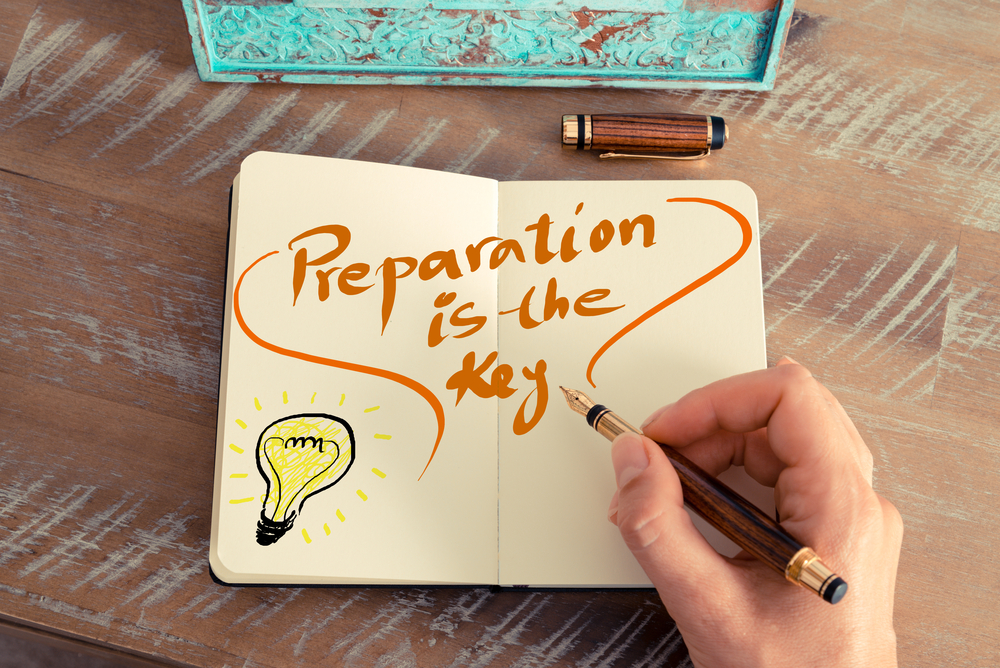by Tony Klapper
Managing Director, Litigation Consulting
A2L Consulting
At A2L, we tend to work with the top litigators at some of the nation’s best-known firms. These men and women are obviously excellent lawyers, very good at what they do. They are also very busy. They always have another complaint to respond to, another discovery dispute to resolve, another brief to write or edit, another partners meeting to attend, another associate to evaluate, and another set of bills to review before a client sees them.
So when it comes time to thinking about what trial presentation works best, some of these lawyers procrastinate and delay developing the story. This is a strategic error. As early as possible, you should be crafting your narrative and deciding what kind of jury research exercise you might want to do or what kind of graphics to show. These things can be the difference between winning and losing the case – and they deserve high priority. It’s not a matter of self-promotion for A2L; rather, it’s an understanding, which we hope all our team members share, that these aspects of trial are crucial and should not be deferred without a very good reason.
That email to a client is important, and so is that meet and confer letter – but the essence of a trial presentation is even more important. And it has a time element that many lawyers may not be aware of. If they allow for a mock jury exercise months before the real trial, they can easily take what they have learned and apply it to their case. The sooner it is done, the better, because the lessons learned in a mock can help guide not only your ultimate trial narrative but also the evidence needed to support that narrative. If you wait too long, the admissible evidence may already be locked in because the discovery doors have closed.

